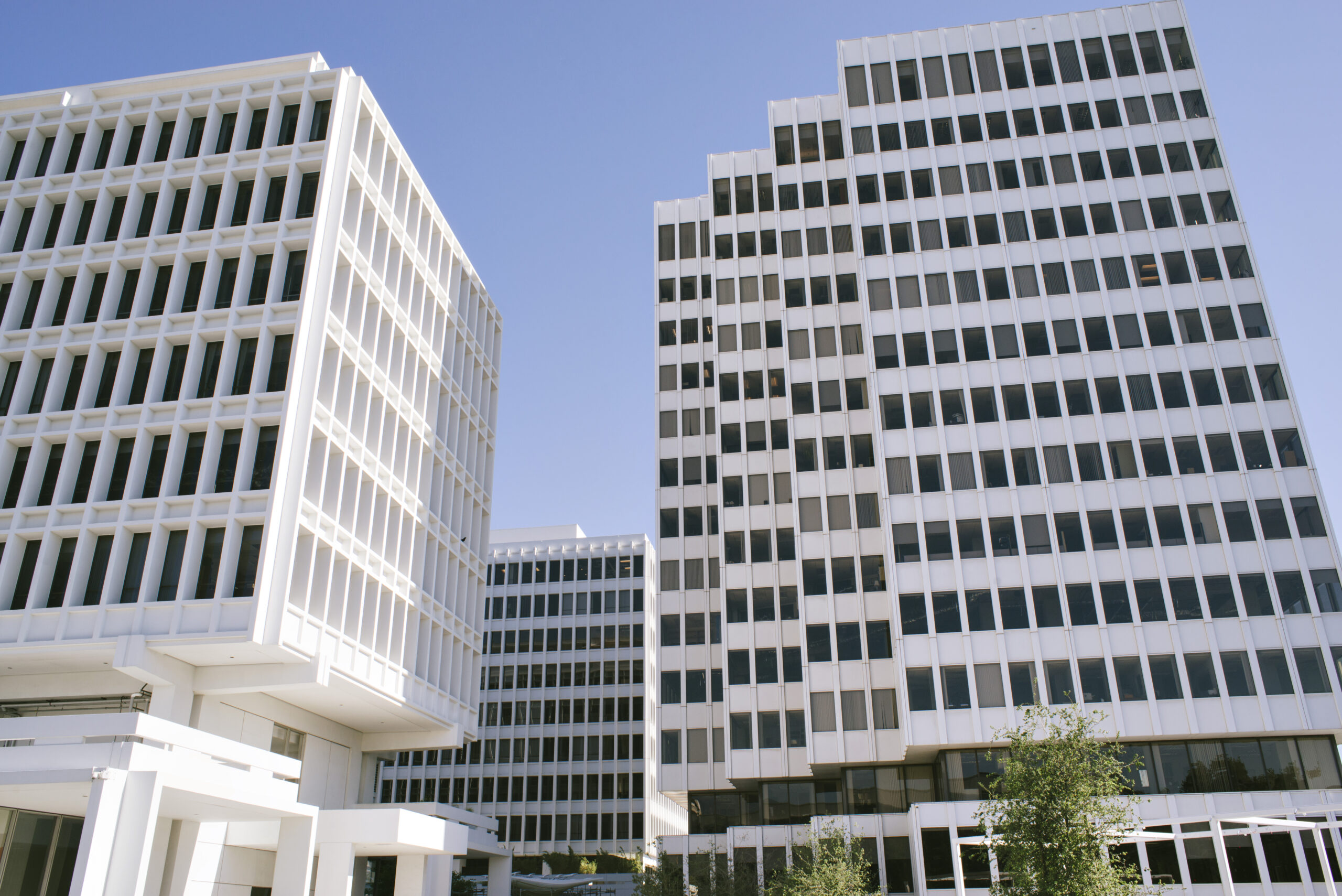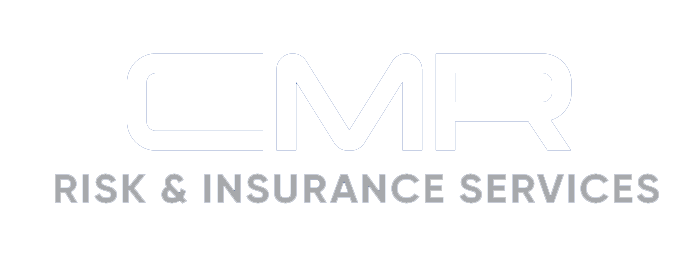Commercial Property Insurance Midyear Market Outlook

The commercial property insurance segment has been grappling with limited underwriting profitability and hardening conditions for much of the past decade, mainly due to surging catastrophe (CAT) losses, inflation issues and property valuation challenges. As such, ongoing premium jumps and restrictive coverage terms have become the norm for most policyholders.
Shifting market dynamics helped ease pricing trends throughout 2024, with average premium jumps falling to 6% by the fourth quarter. Several factors have allowed this moderation to continue in 2025, including more favorable underwriting results, bolstered reinsurance capacity, reduced inflationary pressures on property values and increased competition among insurers for desirable accounts. As such, industry experts reported that average rate hikes are currently sitting just below 3%. Nevertheless, premium costs and coverage availability may vary significantly between policyholders based on the occupancy of their properties and the severity of CAT exposures in their particular regions.
Although the commercial property insurance market has been stabilizing in recent months, rising natural disaster frequency and severity are continuing to cause extensive property damage and drive up related CAT losses. Secondary perils—namely, wildfires and severe convective storms—have caused the most destruction so far in 2025. For nearly all of January, the Eaton Fire and Palisades Fire wreaked havoc on Southern California, burning over 15,000 structures. In May, a series of strong tornadoes and hailstorms damaged approximately 63,000 properties across the Ohio River Valley and Midwest regions. Altogether, reinsurance brokers expect insured losses from these events to surpass $50 billion. What’s worse, the National Oceanic and Atmospheric Administration projects an above-average Atlantic hurricane season with as many as 19 named storms and five major hurricanes this year.
By the end of 2025, industry experts anticipate global insured losses from natural disasters will reach $145 billion.
With this in mind, it’s evident that even a single disaster could rapidly alter market conditions. This means that all policyholders, especially those with elevated CAT exposures and increased susceptibility to secondary perils, will likely face continued scrutiny from insurers regarding their weather preparedness strategies.
Besides natural disasters, inaccurate insurance-to-value (ITV) calculations have also been creating challenges in the commercial property insurance segment. These calculations are intended to help policyholders effectively determine their coverage needs by reviewing an asset’s actual, market and replacement value. An accurate ITV calculation represents as close to an equal ratio as possible between the amount of insurance a policyholder obtains and the estimated value of their commercial property, thus ensuring ample protection when losses occur. Because a property’s value is often affected by the current cost of building materials, widespread inflation over the last few years has made it harder for policyholders to maintain correct ITV calculations. While inflation concerns have somewhat cooled in 2025, various tariffs recently imposed by the United States have the potential to cause supply chain disruptions and heighten the cost of certain materials (e.g., steel, aluminum and lumber) in the near future, ultimately affecting property values and skewing associated ITV calculations. In light of these challenges, insurers are expected to remain vigilant in 2Current Market Trends and Cost Drivers (continued) monitoring policyholders’ property value reporting mechanisms, with some enforcing stricter penalties for underreporting.
As the commercial property insurance market continues to shift, a growing number of policyholders have explored alternative risk f inancing. There are several options available, including captives, parametric coverage and structured fronting. Captives are insurance companies formed by parent companies to insure their own risks rather than relying on third-party insurers. Under parametric coverage, the amount a policyholder is compensated isn’t decided by the exact cost of damage sustained but by the calculated intensity of the predefined event responsible for the damage, such as average wind speeds during a Category 3 hurricane. Structured fronting is an arrangement in which a licensed insurer writes a policy, but all or most of the risk is passed on to another party (e.g., a captive or reinsurer). By leveraging these options, policyholders can secure more customized coverage solutions and possible cost savings.
Looking Ahead
Moderate conditions are expected to persist in the commercial property insurance segment for the remainder of 2025, paving the way for ongoing rate stabilization, solid reinsurance treaty renewals, expanded capacity and greater flexibility from insurers, especially regarding shared and layered programs. Market conditions will be most favorable for policyholders with fewer CAT exposures and a limited history of previous large-scale claims. On the other hand, insurers will continue to deploy more stringent underwriting standards for high-risk and loss-challenged accounts. Given the particularly volatile nature of this segment, policyholders should be prepared for a sudden market reversal and, in turn, potential changes in premium pricing and coverage availability following major natural disasters.
Contact us today for additional market updates and insurance resources.
Article Published By: Zywave, Inc.
